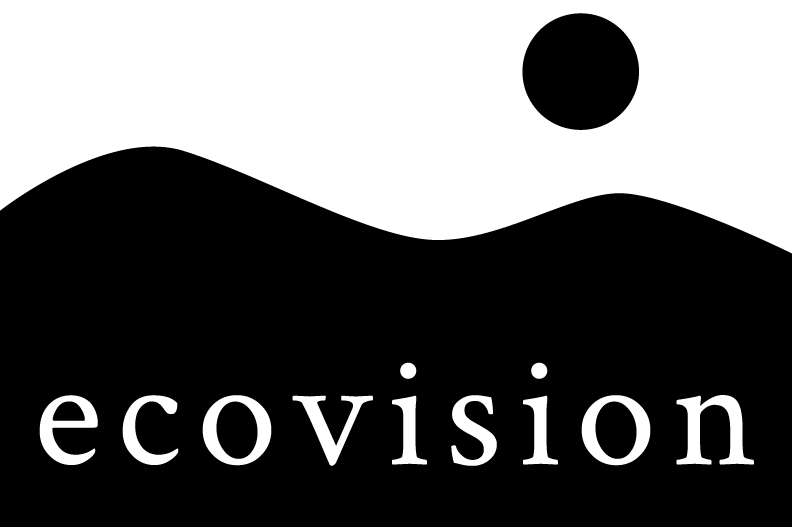Stephen Hazell, Ecovision
Peter Duck, Bow Valley Naturalists
Nature should come first in National Parks. Federal Liberal and Conservative governments alike have agreed that ecological integrity is the first priority in law for the Minister of Environment and Climate Change in managing Canada’s National Parks. National Wildlife Areas and Marine Protected Areas also legally protect migratory birds, marine mammals, fisheries and species at risk. Despite this, harmful developments in National Parks are too often approved without appropriate assessment.
The Impact Assessment Act requires impact assessments for only a few categories of development projects (e.g., oil and gas facilities, new railway lines and public roads) in National Parks. Impact assessments are not required for road and small rail expansions, parking lots, water withdrawals and diversions, commercial overnight accommodation, visitor centres, mooring facilities, shipping transits, or whale watching programs. No assessments are required at all for any projects in Marine Protected Areas.
For most development projects, federal authorities only need to determine that projects in National Parks “are not likely to cause significant adverse environmental effects”. Assessments to support such determinations are discretionary, involve questionable science, and often lack meaningful public participation, which often results in rubber stamp approvals.
A Canadian Parks and Wilderness Society study based on information from an access to information request found that none of the 1,553 projects approved by Parks Canada between January 2013 and October 2016 were determined to have significant adverse environmental effects.
Public information in advance of these determinations has been minimal, if provided at all, so there is little accountability for the decisions that are made. Banff National Park has indicated that project documents are only provided for public review and comment for the few projects that receive detailed impact assessment under Parks Canada impact assessment guidelines.
Clearly, some developments are harming nature in National Parks. A beaver control installation in Banff National Park drained a Zone 1 protected wetland that was habitat for multiple species at risk during migratory bird nesting season. This ill-conceived project involved: misuse of Parks Canada and Fisheries and Oceans Canada guidance materials, guidance materials based on bad science, two versions of the same impact assessment document, and the use of a pre-approved impact assessment written for a different National Park in a different ecoregion approved by a different park superintendent.
In addition, assessment of this project involved discussion with commercial interests but excluded public consultation. The Impact Assessment Agency, Fisheries and Oceans Canada, and Environment and Climate Change Canada also declined to conduct an investigation into this mismanaged assessment and the damage it caused at the birth place of Canada’s national park system.
Other examples of questionable projects include a new road through Wood Buffalo National Park and a 1000 meter concrete-and-glass Columbia Icefield Skywalk in Mountain Goat habitat. There are also the cumulative adverse effects on nature caused by a series of seemingly minor projects—such as for improved tourism infrastructure—concentrated in our most treasured and vulnerable landscapes.
All of this leads us to conclude that federal authorities are not serious about involving the public or performing meaningful assessments of the cumulative impacts of developments in National Parks.
A June 2024 federal discussion paper on reforming the Project List regulations signals federal openness to require assessments of projects on “sensitive” park lands. However, the discussion paper doesn’t say which types of land are considered sensitive.
Our view is that all critical habitats for species at risk under the Species at Risk Act, wilderness zones in National Parks, and World Heritage Sites should be considered sensitive. All projects—other than the most trivial—on these sensitive lands in federal protected areas should be designated for assessment on the Project List.
Unfortunately, other proposed regulatory changes in the discussion paper would exclude even more projects from even this discretionary determination process. For example, buildings with a footprint of less than 100 meters squared on undeveloped land would be excluded from any assessment. The problem is that ecological context matters, especially in protected areas. For example, a new building site of even 10 meters squared at an inappropriate Nova Scotia shore could greatly harm endangered Piping Plovers.
Most egregious, the government’s regulatory proposals don’t give any evidence for why assessments shouldn’t be required for notable infrastructure projects in critical habitat for species at risk, or why these project size thresholds were chosen for exclusion from assessment
Before finalizing any regulations, the Impact Assessment Agency should engage the public (including Indigenous and local communities, conservation groups, and industry) to build consensus on project categories that should be assessed in federal protected areas. The Minister of Environment and Climate Change should also direct the Agency to initiate a quality assurance program to ensure accountability for the assessment work that federal authorities are doing. In doing so, these approaches would help to rebuild public trust that nature does come first in National Parks—regardless of which party wins the next election.
